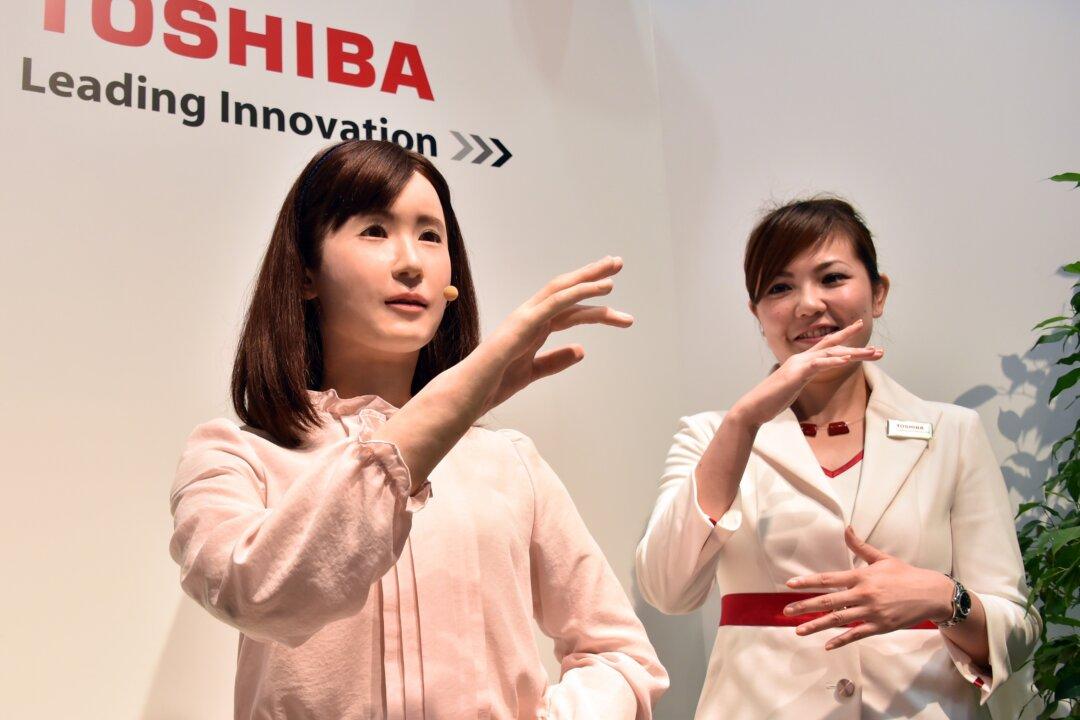When the first guests arrive at Nagasaki’s Hotel Henn Na in July this year, they will be greeted and served by robots. In a similar approach, Toshiba’s android Aiko recently held a short-term role greeting customers at a department store in Tokyo. Customers were comfortable approaching Aiko to ask for directions and even the receptionist who normally holds the post felt her android colleague was doing a reasonable job.
There is no doubt that developments in android technology mean that robots now look more lifelike than ever. It is even possible to imagine mistaking a robot such as Aiko for a human, at least at first glance. However, encountering near-human agents may not always be a comfortable experience.
